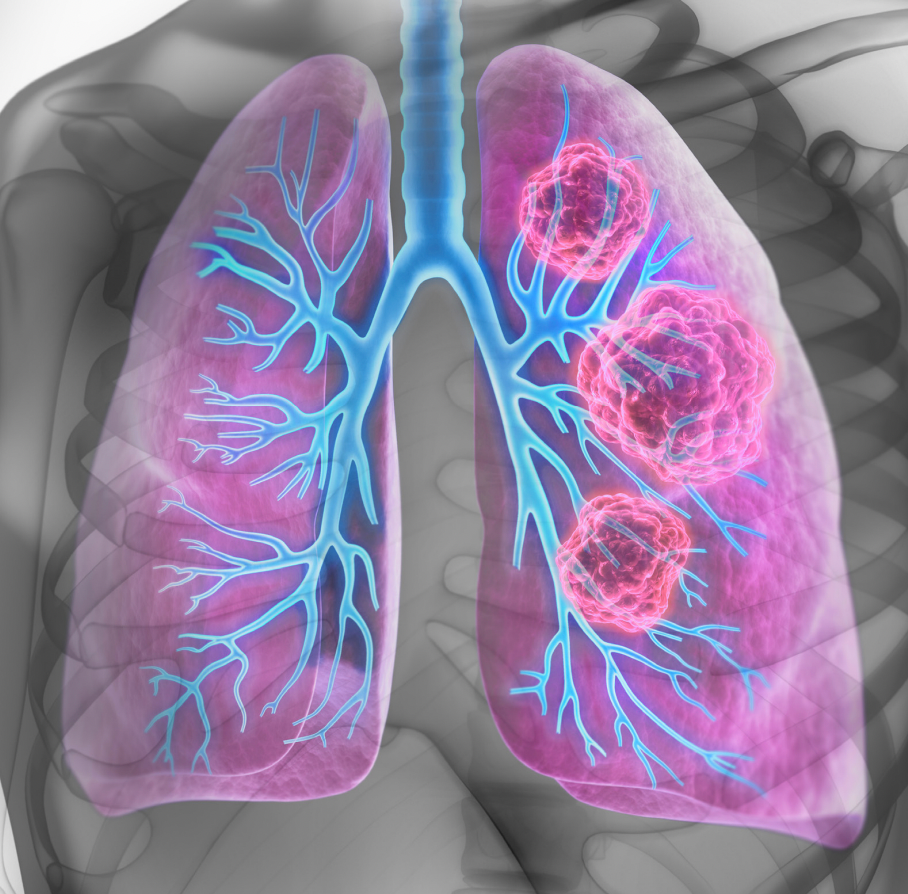Antitumor Activity Is Reported for Lurbinectedin in 4 Molecular Subtypes of SCLC
Lurbinectedin yielded a value of 6.52 nM on the key pharmacological efficacy variable IC50, according to a poster presented at the 2023 Annual Meeting of the American Association for Cancer Research

Lurbinectedin (Zepzelca) demonstrated antitumor activity in 4 molecular subtypes of small cell lung cancer (SCLC) found in a panel of 20 SCLC human cell lines that were characterized by the expression of ASCL1, NEUROD1, YAP1, and POU2F3. The agent yielded a value of 6.52 nM on the key pharmacological efficacy variable IC50 (compound concentration of half-maximal inhibitory effect), according to a poster presented at the 2023 Annual Meeting of the American Association for Cancer Research.1 Investigators noted that the reading was greater than that recorded with topotecan, irinotecan, carboplatin, etoposide, olaparib (Lynparza), alisertib, and navitoclax.
The primary objective of the study was to analyze the activity of lurbinectedin in these SCLC molecular subtypes and investigate new biomarkers of response. Values for the subtypes (SCLC-A, -N, -I, and -P) were 4.1, 14.9, 7.2, and 0.2 nM, respectively.
Although these subtypes are characterized according to expression of different transcription factors possessing distinct therapeutic vulnerabilities, all share transcriptional addiction as a pathogenic mechanism.
Researchers also noted that high expression of POU2F3 correlated with better responses, with the mean IC50 for POU2F3- high cells observed to be 0.28 nM vs 12.1 nM for all POU2F3-low cells (P = .0443).
Basal levels of SLFN11 were also evaluated, and researchers reported that cells high in SLFN11 responded better to the agent, with IC50 values of 1.1 nM vs 11.8 nM for cells low in SLFN11 (P = .05).
SLFN11 expression has been previously evaluated by immunohistochemistry in phase 2 clinical trial in advanced solid tumors (NCT02454972).
Tumor samples from 105 patients with SCLC that were that were formalin-fixed, paraffin-embedded were evaluated in the multicenter, single-arm study.2
In that study, patients were treated with 3.2 mg/m2 lurbinectedin every 3 weeks until progression or unacceptable toxicity. The primary objective was overall complete or partial response as determined by RECIST 1.1. After a median follow-up of 17.1 months (IQR, 6.5-25.3), overall response was 35.2% (n = 37; 95% CI, 26.2%-45.2%).
Efficacy results from this trial led to the 2020 accelerated approval of lurbinectedin for the treatment of adults with metastatic SCLC whose disease had progressed on or after platinum-based chemotherapy.3
REFERENCES
1. Diez MM, Santamaría Nuñez G, Guillén MJ, et al. Lurbinectedin shows potent activity in all four molecular subtypes of small cell lung cancer (SCLC) and POU2F3 and SLFN11 are biomarkers for a better response. Presented at: 114th Annual Meeting of the American Association for Cancer Research; April 14-19, 2023; Orlando, FL. Abstract 6247. Accessed April 19, 2023. https://bit.ly/3zWVBFF
2. Trigo J, Subbiah V, Besse B, et al. Lurbinectedin as second-line treatment for patients with small-cell lung cancer: a single-arm, open-label, phase 2 basket trial. Lancet Oncol. 2020;21(5):645-654. doi:10.1016/S1470-2045(20)30068-1
3. FDA grants accelerated approval to lurbinectedin for metastatic small cell lung cancer. News release. FDA. June 15, 2020. Accessed April 14, 2023. https://bit.ly/3mwKH6l

Survivorship Care Promotes Evidence-Based Approaches for Quality of Life and Beyond
March 21st 2025Frank J. Penedo, PhD, explains the challenges of survivorship care for patients with cancer and how he implements programs to support patients’ emotional, physical, and practical needs.
Read More